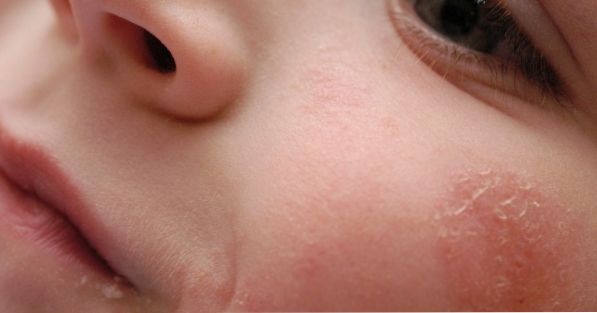Yes, Guillain-Barré syndrome has a cure. About 90% of the patients are completely cured, while in 5 to 10% of the cases there will be disabling motor or sensory sequelae. The mortality rate varies between 5 and 7%. Deaths are usually due to respiratory failure, pulmonary embolism, pneumonia, and cardiac arrhythmias.
Guillain-Barré syndrome has a time of progression ranging from 2 to 4 weeks. After this period, the symptoms stabilize for days or weeks and the patient gradually regains motor function during the following months.
However, although the cure rate is likely to be high, the recovery of Guillain-Barré syndrome is slow and gradual. About 85% of the patients will still have some symptom after 2 years the onset of the disease.
Evolution tends to be worse in patients over 50 years of age who present with diarrhea preceding their symptoms and severe muscle weakness in less than a week, requiring mechanical ventilation to breathe.
Children generally have a better prognosis for Guillain-Barré syndrome, as they recover faster and require less respiratory support.
The treatment of Guillain-Barré Syndrome is done with Physiotherapy, Plasmapheresis and Intravenous Human Immunoglobulin (IVIG). The latter is the treatment most used in most countries and consists of the application of antibodies by intravenous route.
Plasmapheresis, however, consists of replacing the patient's blood plasma with albumin or with the plasma of a donor.
The goal of Guillain-Barré Syndrome is to prevent and control the possible complications associated with the disease, as well as to reduce the patient's recovery time and motor deficit.
The use of IVIG is indicated in all moderate and severe cases and should begin 2 to 3 weeks after the onset of symptoms.
You may also be interested in:
What is Guillain-Barré syndrome and what are the symptoms?
Can Zika cause Guillain-Barré syndrome?




